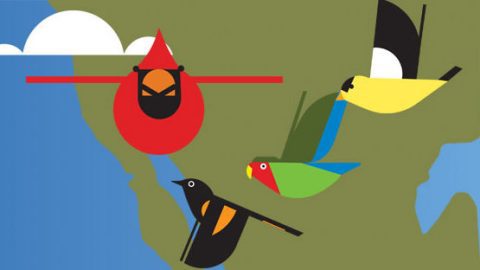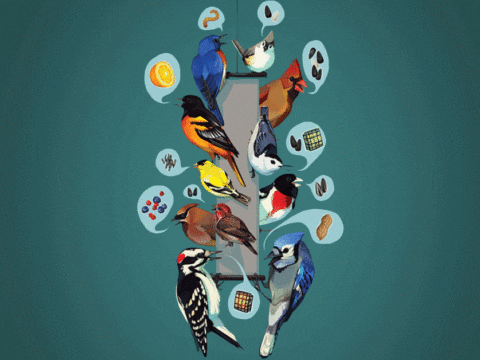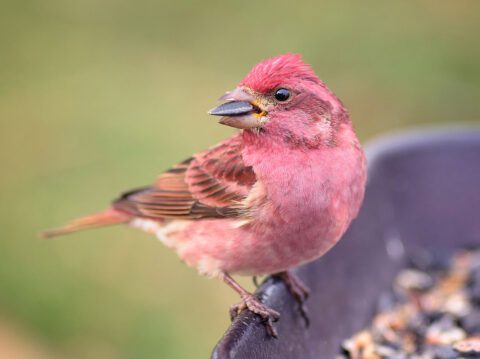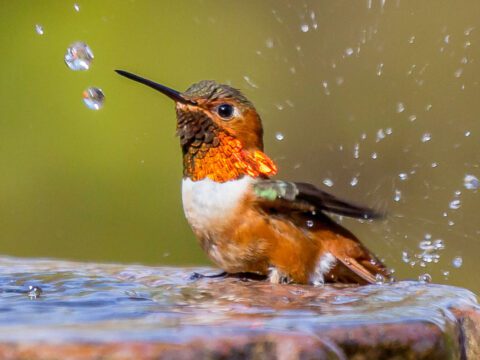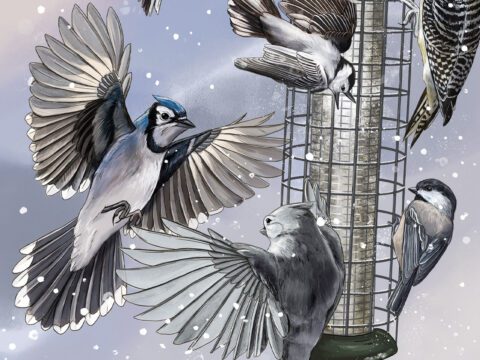How to Have a Gaggle of Fun at the Great Backyard Bird Count
February 10, 2021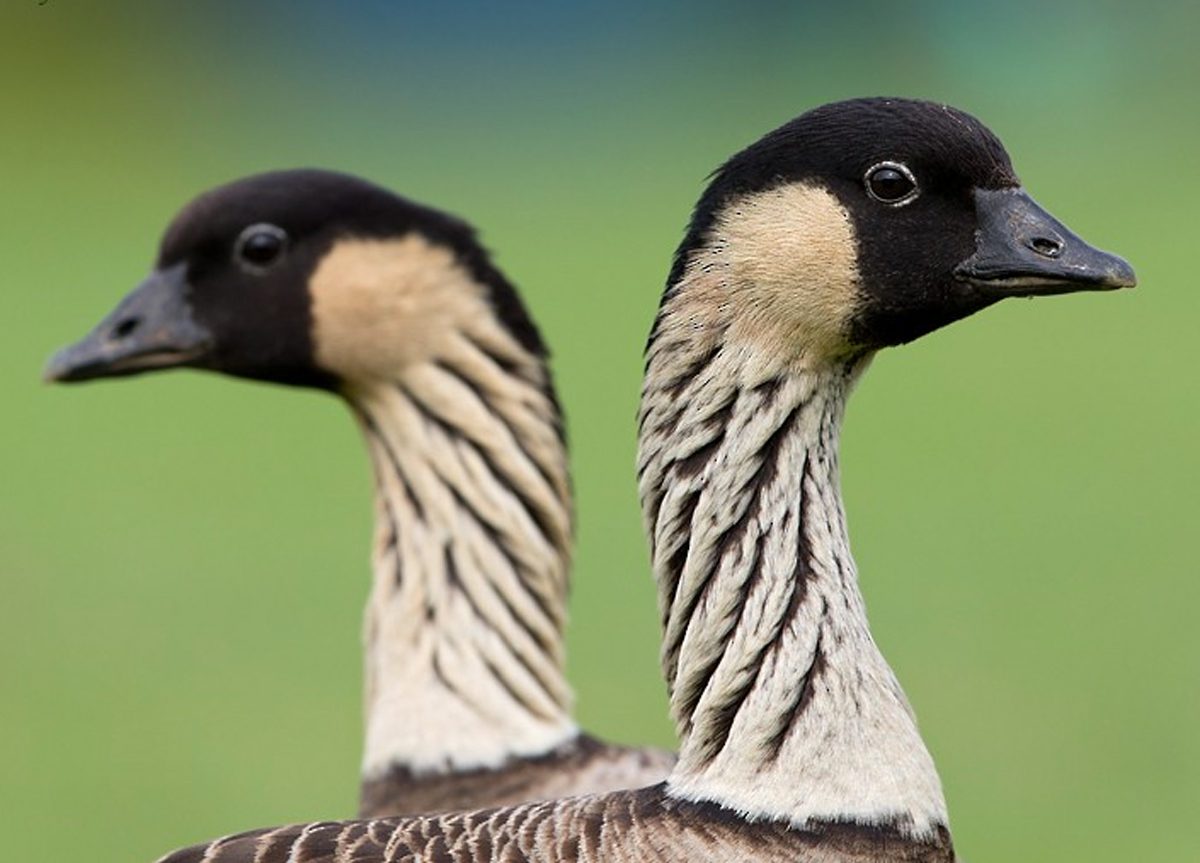
Originally published January 2018; revised February 2021.
Learn More
Mid-February is the time of year when the world’s hourglass flips over and birds slowly start to reverse direction—toward their spring (or, in the Southern Hemisphere, autumn) haunts again. The Great Backyard Bird Count is designed to capture that moment of stillness and give scientists a picture of bird populations at one extreme of the year. Over its 3-decade history it has expanded from a 2-country count (U.S. and Canada) to a global escapade that tallies about 60% of the world’s bird species. It’s one long weekend that’s perfectly situated as a good excuse to get out your binoculars and not put them back down again for 4 whole days. Here’s how to make the most of it—for you and for the birds.
It all starts with just 3 easy rules:
- Watch and count birds for at least 15 minutes on Feb 12, 13, 14, or 15, 2021
- Keep track of how long you counted
- Start a new count for each new place or day/time
Go to your favorite spot—or any spot. It doesn’t have to be your backyard; it can be anywhere. Literally anywhere on Earth. We’ve had people in Antarctica count penguins. We’ve also had lots of counts from metro centers and kitchen windows. All birds everywhere is what we’re aiming for—and “your” birds are as important as anyone else’s.
Get Your Feeders Ready
Greet’em with a feeder or two. You don’t have to watch birds at a feeder—but if you’re counting at home it’s a great way to up the activity. We’ve got lots of suggestions and advice about what kinds of feeders to use, the advantages of birdbaths, and what kinds of food each bird species likes best.
Grab your own gaggle. Bird watching is fun in a group, and extra eyes mean you’ll often see more. Grab a friend, child, grandchild, parent, spouse, or cousin—you can even print them a participation certificate afterwards as a badge of pride.
Get ready to enter your sightings. You’ll need a free Cornell Lab account. (If you use eBird, Bird Academy, Project FeederWatch, or NestWatch, you already have one.) Your account enables all your sightings to go smoothly into the central eBird database, where they’re available for scientists to analyze. You can enter sightings using our free apps (click the links for full instructions): Merlin Bird ID (great for beginners) or eBird Mobile (for entering full checklists); or you can use our eBird website.
Gear up with free apps. Our eBird Mobile app will track how far you walked, how long you’ve been out birding for, and will let you enter data straight from the field, making data entry about as easy as can be. And our Merlin Bird ID app can help you narrow down which sparrow, chickadee, or finch you saw, and allows you to store sightings one at a time.
Psst…. you can have fun counting birds on any day of the year. So if you miss the Great Backyard Bird Count—or just don’t want to stop—you can use these same tips to count and enter birds into eBird any and every day of the year.
More questions? See the official GBBC FAQ page and the How to Participate page for more explanations and examples. There’s even a full GBBC webinar you can watch anytime, where experts from the Cornell Lab, Audubon, and Birds Canada answer all your questions.

All About Birds
is a free resource
Available for everyone,
funded by donors like you
American Kestrel by Blair Dudeck / Macaulay Library
